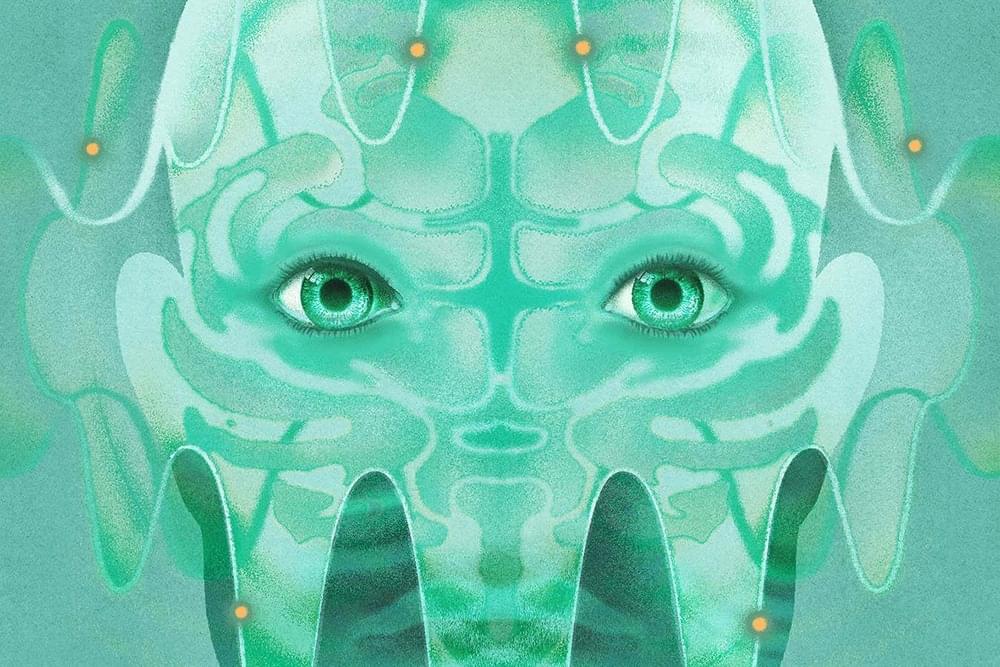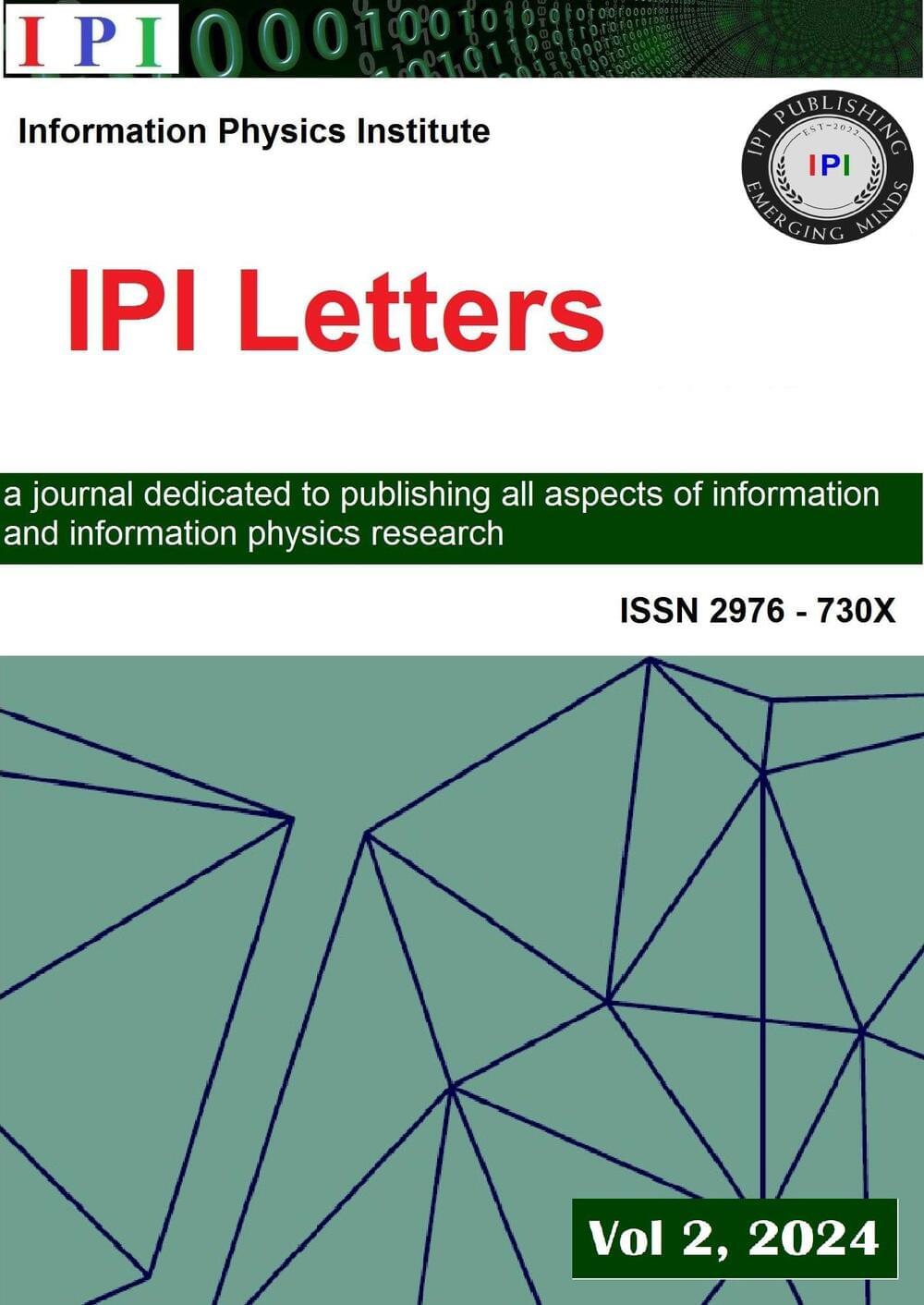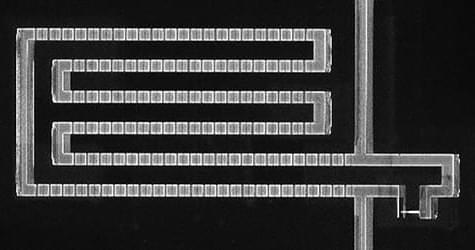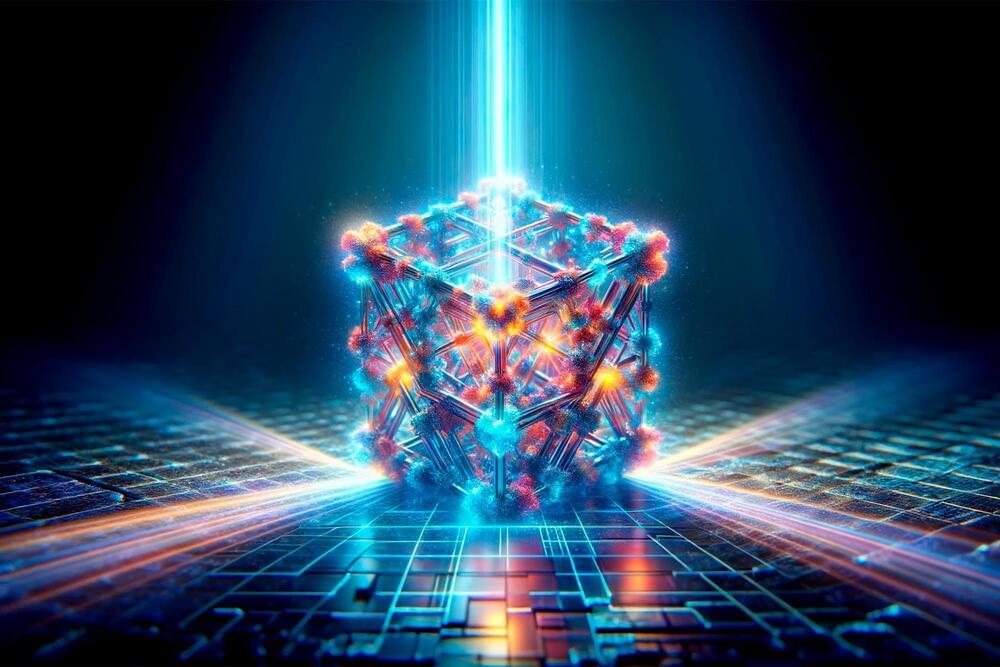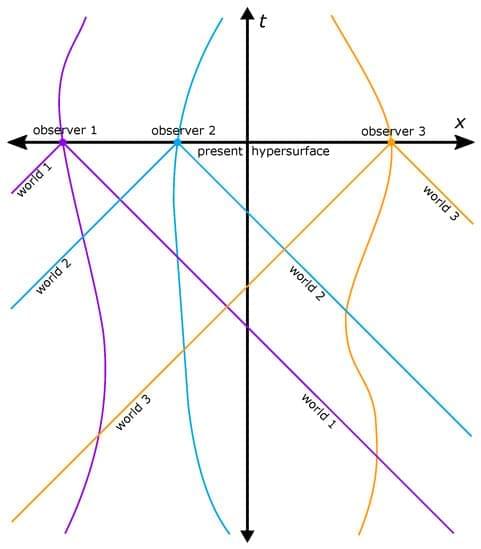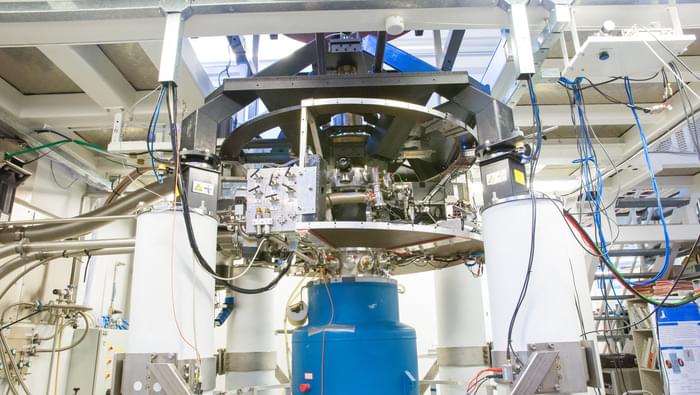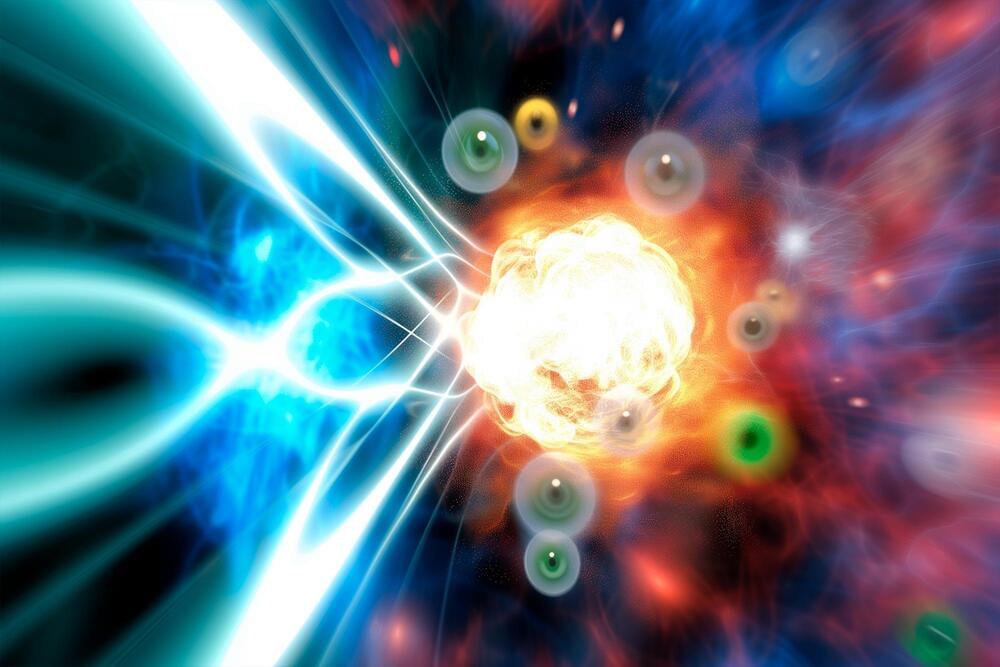
When a high-energy photon strikes a proton, secondary particles diverge in a way that indicates that the inside of the proton is maximally entangled. An international team of physicists with the participation of the Institute of Nuclear Physics of the Polish Academy of Sciences in Cracow has just demonstrated that maximum entanglement is present in the proton even in those cases where pomerons are involved in the collisions.
Eighteen months ago, it was shown that different parts of the interior of the proton must be maximally quantum entangled with each other. This result, achieved with the participation of Prof. Krzysztof Kutak from the Institute of Nuclear Physics of the Polish Academy of Sciences (IFJ PAN) in Cracow and Prof. Martin Hentschinski from the Universidad de las Americas Puebla in Mexico, was a consequence of considerations and observations of collisions of high-energy photons with quarks and gluons in protons and supported the hypothesis presented a few years earlier by professors Dimitri Kharzeev and Eugene Levin.
Now, in a paper published in the journal Physical Review Letters, an international team of physicists has presented a complementary analysis of entanglement for collisions between photons and protons in which secondary particles (hadrons) are produced by a process called diffractive deep inelastic scattering. The main question was: does entanglement also occur among quarks and gluons in these cases, and if so, is it also maximal?
